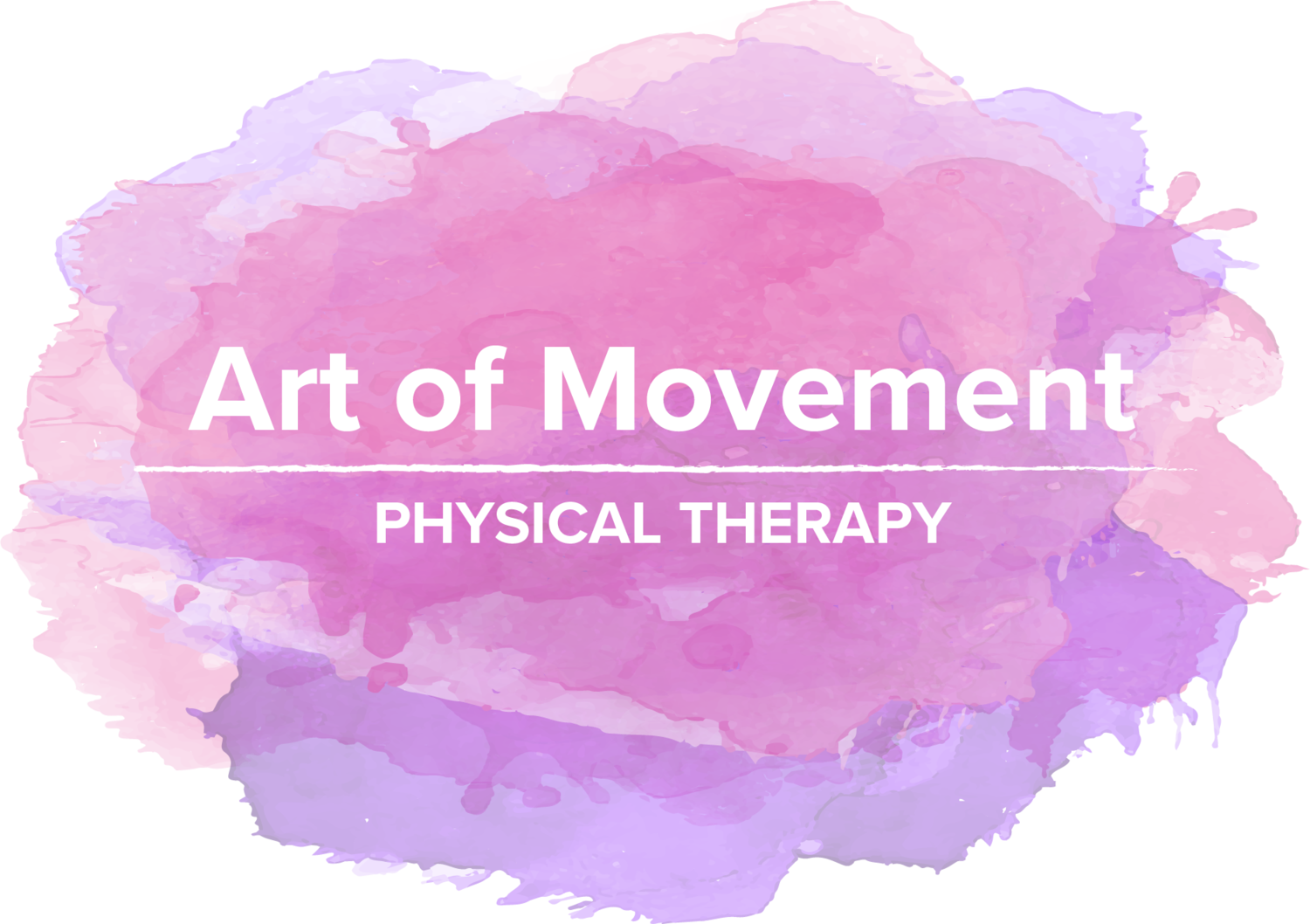ARE YOUR HIPS INTERFERING WITH YOUR SQUAT? FIND OUT HERE AND LEARN WHAT TO DO ABOUT IT.
How are your hips moving?
Follow along with the self-assessment video.
Video yourself doing each movement. Then, take a screenshot of each position.
ASSESS 4 COMPONENTS YOUR HIP MOBILITY
Goals for each component:
Hip Internal Rotation - Minimum is 30 degrees to each side
Hip flexion - No pinching in your hip when you hug your knee to your chest
Hip extension (hip flexors) - Leg should lower to horizontal and ideally 10+ degrees below horizontal
Quads - Bend your knee without the thigh rising above horizontal
What are YOUR tight spots?
👉Check out my recommendations for each component:
1. Is your hip internal rotation limited? Try this hip mobility exercise.
2. Does your hip pinch when you pull your knee to your chest OR when you squat deep? This exercise targets your core and lower back flexibility. Your hip will have more space to move when your lower back is more bendy.
3. Are your hip flexors tight? Improve your hip extension by strengthening the hip flexors. Muscles must be strong before they will stretch.
4. Are your quads stiff? Work on the #3 video above and focus on the quad stretches in the final 2 minutes.
Once you’ve worked on your tight spots…
did your squat feel any better?
If so, FANTASTIC! Add these to your pre-workout routine.
If not, you may need a more thorough diagnostic evaluation. Contact me to discuss your specific goals.
Lastly, have you assessed your ankle mobility?
Find out how by clicking the “older post” link for “Squatober! Week 1: Ankles” below.








